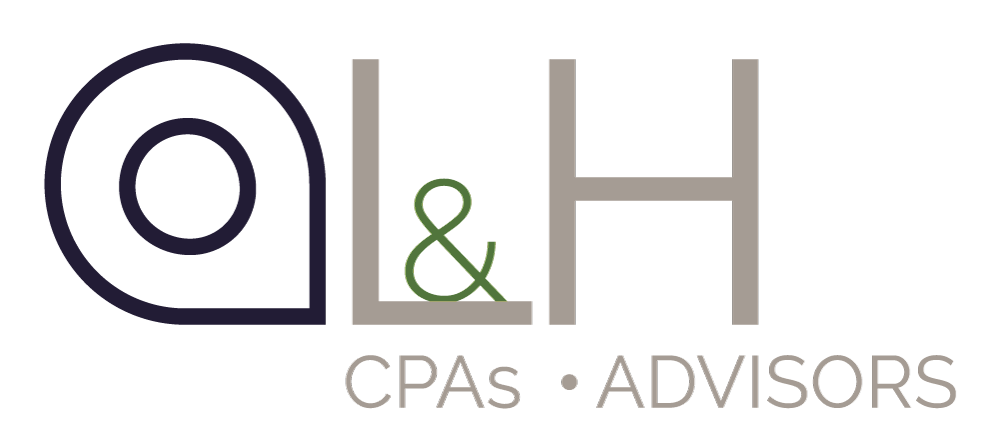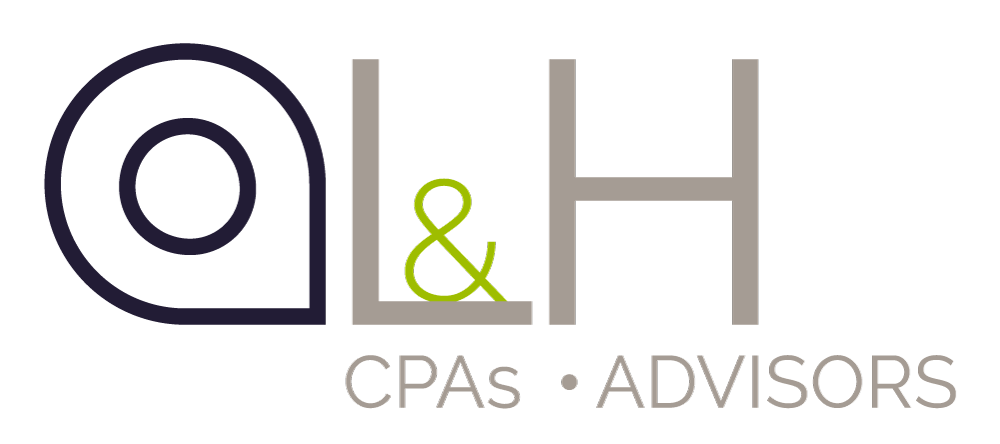
Abstract: Businesses offering their employees a retirement plan for the first time have some tried-and-true choices. This article spotlights four types of plans: traditional and Roth 401(k)s, Simplified Employee Pensions, and SIMPLE IRAs.
Choosing an employee retirement plan
So, you’ve decided to offer your employees a retirement plan. Maybe you’ve grown weary of job candidates asking about what kind of plan you offer and coming up empty-handed. Or you believe your business is now financially healthy enough to make “respectable” contributions. Whatever the reason for your decision to launch, you’ll want to select the type of plan that will work best for your company and its employee base.
The following is some “starter” information about some of the most tried-and-true saving-for-retirement plan options.
401(k) plans offer flexibility
Available to any employer with one or more employees, a 401(k) plan allows employees to contribute to individual accounts. While contributions to a traditional 401(k) are made on a pretax basis and will reduce taxable income, distributions are subject to income tax.
Both employees and employers can contribute. For 2019, employees can contribute up to $19,000, or $25,000 if they’ll be age 50 or over by the end of the year. Within limits, employers can deduct contributions made on behalf of eligible employees.
Plans may offer employees a Roth 401(k) option, which, on some level, is the opposite of a traditional 401(k). This is because contributions don’t reduce taxable income and income distributions aren’t subsequently taxed.
Establishing a 401(k) plan typically requires, among other steps, adopting a written plan and arranging a trust fund for plan assets. Annually, employers must file Form 5500 and perform discrimination testing to ensure the plan doesn’t favor highly compensated employees. With a “safe harbor” 401(k), however, the plan isn’t subject to discrimination testing.
Employers fully fund SEP plans
Simplified Employee Pension (SEP) plans are available to businesses of any size. Establishing a plan requires completing Form 5305-SEP, but there’s no annual filing requirement. SEP plans are funded entirely by employer contributions, although the employer can decide each year whether to contribute. Contributions immediately vest with employees. Contribution limits in 2019 are 25% of an employee’s compensation, to a maximum of $56,000.
SIMPLEs target small business
Savings Incentive Match Plan for Employees (SIMPLE) IRAs are available to businesses with no more than 100 employees. Employees can decide whether to contribute. Though employer contributions are required, employers can choose whether to match employee contributions up to 3% of compensation (which can be reduced to as low as 1% in two of five years) or make a 2% nonelective contribution, including to employees who don’t contribute. Employees are immediately 100% vested in all contributions, whether from the employee or the employer.
Work continues postsetup
After you’ve decided on the type of retirement plan, you’ll want to draft a plan document that outlines how the plan will work. Typically, you’ll want to hire an investment advisor and establish a fund for the plan’s assets. You’ll also want to hire a third-party administrator for recording transactions and balances.
After the plan is up and running, you’ll need to ensure it remains in compliance with regulations. You’ll also need to continue making required contributions and keep employees informed of changes in either their accounts or the plan.
Added benefits
Your business can offset the costs of establishing a SEP, SIMPLE IRA or qualified retirement plan via a tax credit. It can cover 50% of the ordinary necessary costs to establish the plan and educate employees about it — up to $500 per year for the first three years of the plan. The credit is available to businesses that have no more than 100 employees who received at least $5,000 in compensation during the preceding year.
© 2019

Maximize your 401(k) in 2025: Smart strategies for a secure retirement
Saving for retirement is a crucial financial goal and a 401(k) plan is one of the most effective tools for achieving it. If your employer offers a...

Understanding spousal IRAs: A smart retirement strategy for couples
Retirement planning is essential for all families, but it can be especially critical for couples where one spouse earns little to no income. In such...




